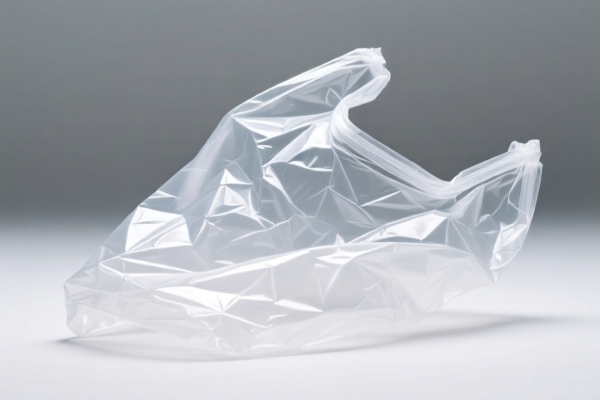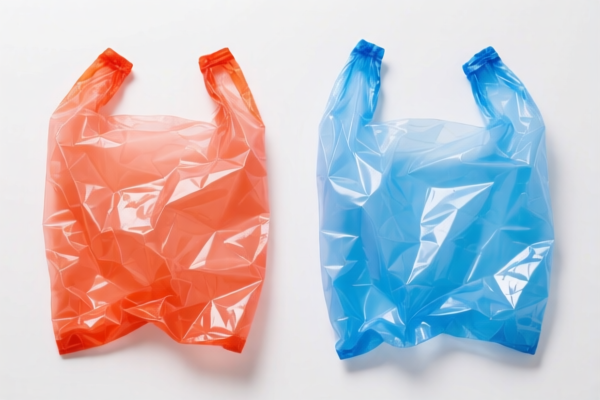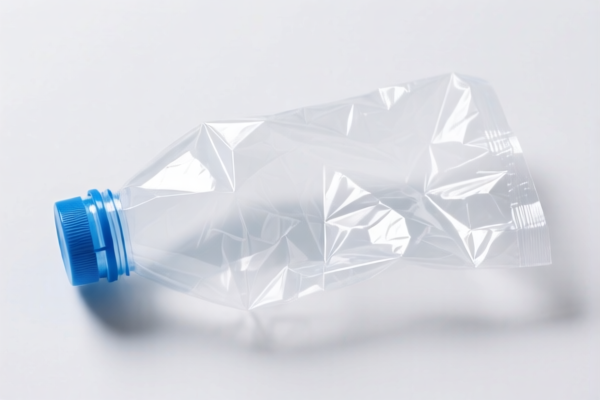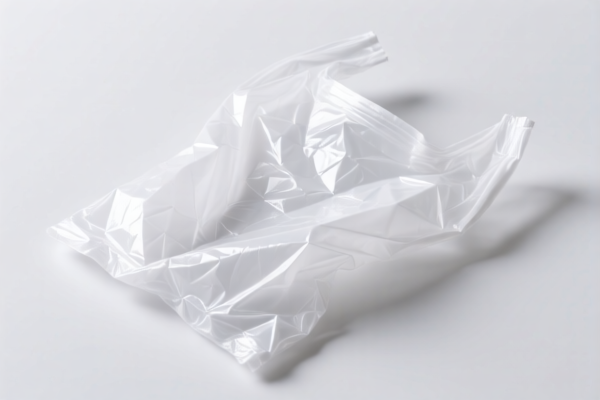| HS Code | Official Doc | Tariff Rate | Origin | Destination | Effective Date |
|---|---|---|---|---|---|
| 3926400010 | Doc | 35.3% | CN | US | 2025-05-12 |
| 3926909989 | Doc | 42.8% | CN | US | 2025-05-12 |
| 3921904090 | Doc | 34.2% | CN | US | 2025-05-12 |
| 3921905050 | Doc | 34.8% | CN | US | 2025-05-12 |
| 9503000090 | Doc | 30.0% | CN | US | 2025-05-12 |
| 9503000071 | Doc | 30.0% | CN | US | 2025-05-12 |
| 9505104020 | Doc | 30.0% | CN | US | 2025-05-12 |
| 9505906000 | Doc | 30.0% | CN | US | 2025-05-12 |
| 9602005080 | Doc | 40.2% | CN | US | 2025-05-12 |
| 3503005550 | Doc | 2.8¢/kg + 3.8%+37.5% | CN | US | 2025-05-12 |
| 9615906000 | Doc | 41.0% | CN | US | 2025-05-12 |
| 9615904000 | Doc | 35.3% | CN | US | 2025-05-12 |




Plastic Feathers
Plastic feathers are artificial plumage crafted from various polymers, typically used as decorative elements, crafting supplies, or components in costumes and toys.
Material
The primary material is plastic, with common types including:
- Polyethylene Terephthalate (PET): Often used for its durability and ability to hold color.
- Polypropylene (PP): Lightweight and resistant to chemicals, frequently found in cheaper feathers.
- PVC (Polyvinyl Chloride): Can be rigid or flexible, offering a range of textures.
- Nylon: Used for its strength and flexibility, often in more realistic or high-quality feathers.
These plastics are typically formed into feather shapes through extrusion, injection molding, or cutting from sheets. Color is added during the manufacturing process or via dyes and coatings.
Purpose
- Decoration: Widely used in craft projects, party decorations, floral arrangements, and seasonal displays.
- Costumes & Accessories: Incorporated into headdresses, masks, fans, and clothing for theatrical performances, festivals, and themed events.
- Toys & Novelties: Found in children's toys, carnival prizes, and decorative items.
- Fly Tying: Used in the creation of artificial fishing lures.
- Arrow Fletching (historical/recreational): Though less common now, plastic feathers have been used as an alternative to natural feathers for arrow stabilization.
Function
Plastic feathers primarily serve an aesthetic function. They mimic the appearance of natural feathers without the fragility or ethical concerns associated with using bird plumage. Their lightweight nature allows for easy manipulation and incorporation into various designs. Some plastic feathers may be treated to be water-resistant or flame-retardant, depending on the intended application.
Usage Scenarios
- Crafting: Adding texture and color to scrapbooks, cards, and mixed media art.
- Event Decoration: Creating backdrops, centerpieces, and hanging decorations for parties, weddings, and festivals.
- Theatrical Productions: Designing costumes and props for plays, musicals, and dance performances.
- Carnivals & Parades: Decorating floats, costumes, and accessories.
- DIY Projects: Creating unique home décor items, jewelry, and accessories.
Common Types
- Cut Feathers: Die-cut shapes, often with a split quill end for easy attachment. Available in a wide range of colors and sizes.
- Curly Feathers: Spiral-cut feathers that provide a textured, whimsical appearance.
- Long, Streamer Feathers: Long, narrow feathers used for dramatic effect in costumes and decorations.
- Turkey Quill Feathers (imitation): Designed to resemble the shape and size of natural turkey feathers.
- Peacock Feathers (imitation): Reproduce the iridescent colors and patterns of peacock plumage.
- Boas: Long strands composed of many plastic feathers, often used as accessories or decorations.
Plastic feathers fall under several potential classifications based on their intended use and specific characteristics, as detailed in the provided documentation.
-
3926400010: This HS code covers “Other articles of plastics and articles of other materials of headings 3901 to 3914: Statuettes and other ornamental articles Bows and similar products for decorative purposes including gift-packaging and the like”. If the plastic feathers are used as ornamental decorations or for gift packaging, this code may be applicable. The total tax rate is 35.3%, comprising a 5.3% base tariff, 0.0% additional tariff, and a 30.0% additional tariff effective April 2, 2025.
-
3926909989: This HS code is for “Other articles of plastics and articles of other materials of headings 3901 to 3914: Other: Other Other”. This is a broader category and could apply if the feathers don't fit neatly into the more specific classifications. The total tax rate is 42.8%, consisting of a 5.3% base tariff, a 7.5% additional tariff, and a 30.0% additional tariff effective April 2, 2025.
-
9505906000: This HS code covers “Festive, carnival or other entertainment articles, including magic tricks and practical joke articles; parts and accessories thereof: Other: Other”. If the plastic feathers are intended for use in festive decorations, costumes, or entertainment purposes, this code may be relevant. The total tax rate is 30.0%, with no base or additional tariffs currently applied, but a 30.0% additional tariff will be effective April 2, 2025.
It is important to determine the primary intended use of the plastic feathers to select the most accurate HS code. If the feathers are components of toys, other HS codes related to toys might be considered, but are not explicitly listed in the provided reference material.
Customer Reviews
No reviews yet.